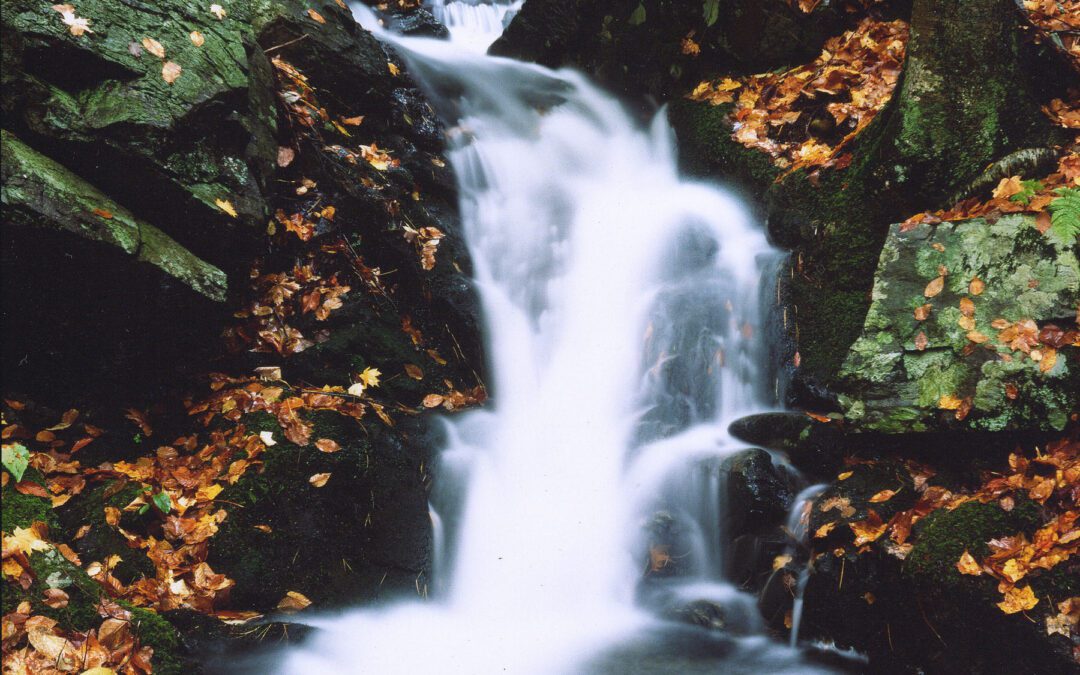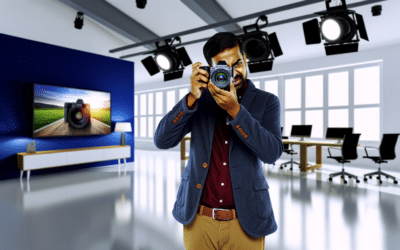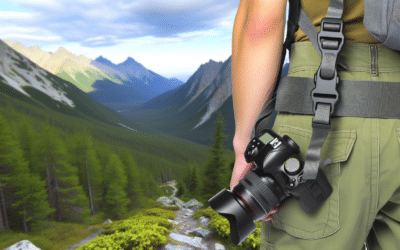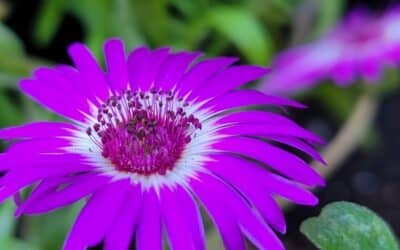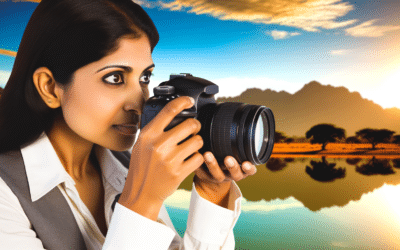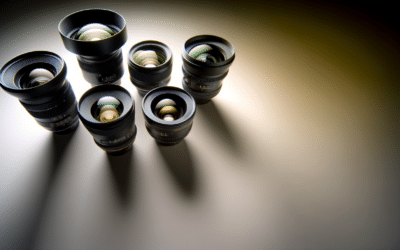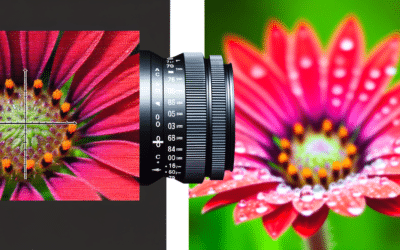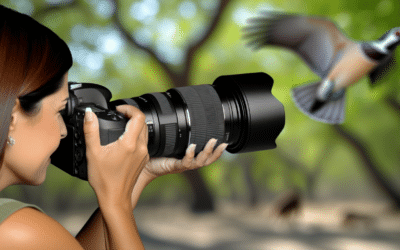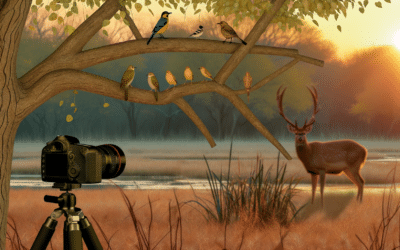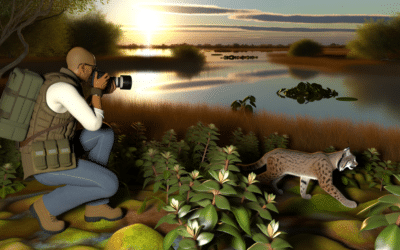Landscape photography can be a captivating and rewarding pursuit, and one technique that can add depth and interest to your images is the use of long exposures. By extending the exposure time beyond what is typical for the scene, you can capture movement and add a sense of drama and mood to your photos. In this article, we will explore how to use long exposures to enhance your landscape photography.
What is a Long Exposure?
A long exposure is an exposure that lasts longer than the typical duration for the scene. Typically, a long exposure lasts from a few seconds to several minutes. The exact duration depends on the light, the subject, and the desired effect.
Equipment for Long Exposures
To achieve a long exposure, you need a few pieces of equipment. First, you will need a camera that has manual controls, including manual focus and shutter speed. You will also need a tripod to keep the camera steady during the long exposure. A remote shutter release can also be helpful to avoid camera shake from pressing the camera’s shutter button.
Long Exposure Techniques
Here are some techniques for using long exposures to enhance your landscape photography:
Water Motion: By using a long exposure, you can capture the motion of water in a way that adds a sense of movement and flow to the scene. Try using a shutter speed of 1/2 second or longer to create a smooth, silky look to the water.
Cloud Movement: Long exposures can also capture the movement of clouds across the sky. Using a shutter speed of 30 seconds or more can create a dreamy, ethereal effect as the clouds blur across the frame.
Star Trails: To capture the movement of stars across the night sky, use a shutter speed of 30 seconds or longer. You will need a clear night sky, and it’s best to use a wide-angle lens to capture as much of the sky as possible.
Light Trails: Long exposures can also capture the movement of lights, such as cars or trains. Use a shutter speed of 10-30 seconds to create a trail of light across the frame.
Blurred Foreground: By using a long exposure and a wide aperture, you can create a blurred, out-of-focus foreground that adds depth and interest to the scene.
Conclusion
Long exposures are a powerful tool for enhancing landscape photography, allowing you to capture motion and add a sense of drama and mood to your images. With a little practice and the right equipment, you can use long exposures to create stunning and unique landscape photographs. Remember to use a tripod and remote shutter release to avoid camera shake, and experiment with different shutter speeds and techniques to find the effect that works best for your subject and style.
Nikon Z9 review: a DSLR-like stills/video monster
The Nikon Z9 is a groundbreaking 45.7MP full-frame mirrorless camera designed for professional sports photography. It boasts a...
Rural Travels with the Nikon Z9. My Full Review. |
Steve Huff shares his comprehensive experience with the Nikon Z9 camera, highlighting its exceptional capabilities as a hybrid...
Top 5 Exciting New Cameras for 2024
Camera technology, particularly mirrorless models, has seen significant advancements, with the latest releases showcasing...
The Best Camera Strap for Hiking and Backpacking
Carrying a DSLR camera with a traditional neck strap while hiking can be cumbersome, causing neck discomfort and camera swing....
Best Camera Strap for Hiking
Welcome fellow explorers and shutterbugs! If you’re seeking the ‘Best Camera Strap for Hiking’, you’re in the right place. Just...
22 Landscape Photography Tips for Beginners
The Essence of Landscape Photography The allure of landscape photography extends beyond picturesque sunsets and vibrant foliage;...
A Guide to Filters for Lenses
Lens filters serve a dual purpose: they protect the camera lens and enhance image quality. Basic filters include ultra-violet...
What Type of Lens to Use for Specific Situations
The lens is a crucial component of a camera, significantly impacting image clarity, color, and detail. In contrast to fixed...
How To Get Up Close With Close-Up Lenses
An Overview of Close-Up Lenses For those seeking a cost-effective and straightforward method for capturing detailed images of...
10 Best Lenses for Wildlife Photography (2024)
The Sony FE 70-200mm f/2.8 GM OSS II lens represents a significant improvement over its predecessor, offering a lighter design...
20 Essential Tips on Wildlife Photography for Beginners
Entering the realm of wildlife photography can be an intimidating endeavor. Wildlife photographers often find themselves in...
Nature Photography 101
Nature photography is not only an enjoyable hobby but also a means to contribute to conservation efforts. Enthusiasts like David...
